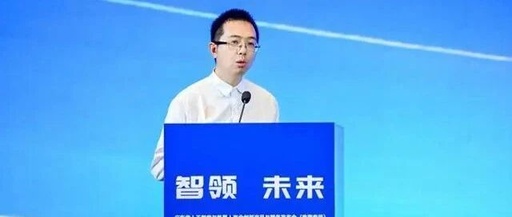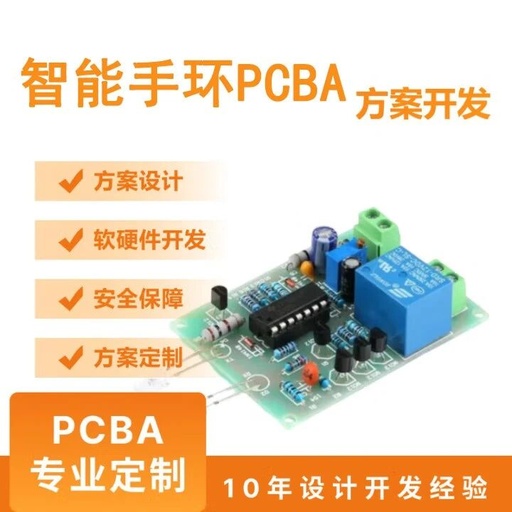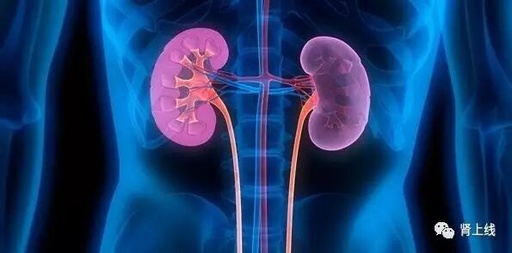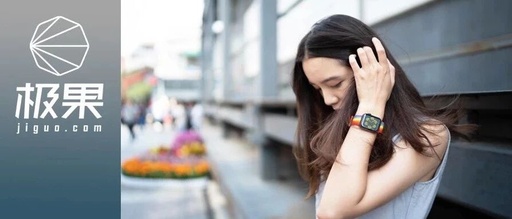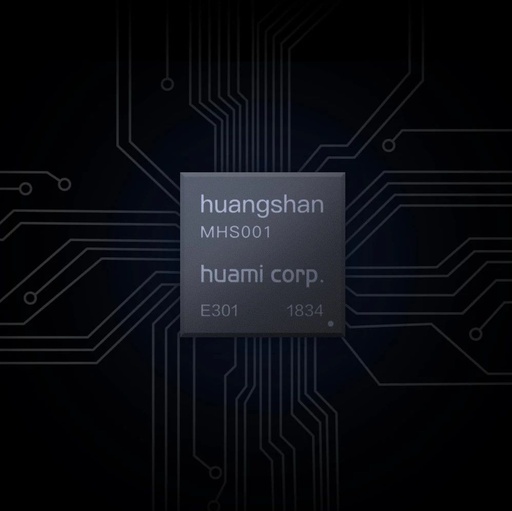The Optimal Solution for Smartwatches Under 200 Yuan
Hello everyone, I am from the Digital Enthusiasts Community, dedicated to gathering quality digital products and sharing high cost-performance digital gadgets. If you like it, please give us a follow. Last month, there was an article introducing the Moto 360 smartwatch, but its usability is quite poor, requiring a charge almost every day. So, is … Read more

